“Understanding JAMstack: How It Differentiates from Traditional Web Development Architectures”
 Lakshay Dhoundiyal
Lakshay Dhoundiyal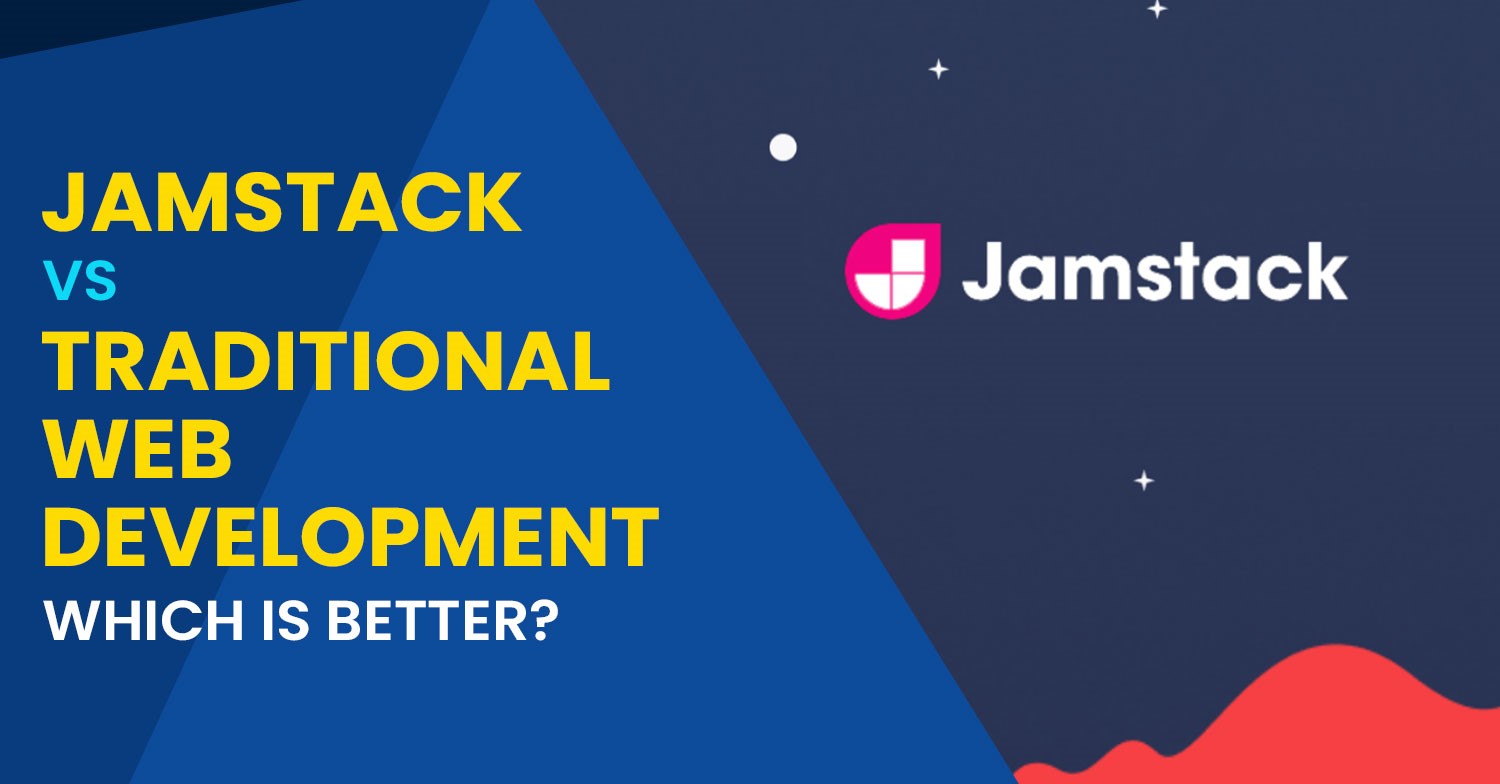
Over the last few years, JAMstack has been a revolutionary approach to web development. The growing number of JAMstack shows a trend towards newer, better-performing, and scalable solutions as opposed to web development traditional architectures. This blog post describes how JAMstack differs from traditional methods, its advantages and disadvantages, and its future prospects.
What is JAMstack?
JAMstack is an acronym, short for JavaScript, APIs, and Markup. It represents a new architecture for web development that decouples the frontend and the backend, thereby bringing better performance, scalability, and security in web application architecture. Whereas classical web development methods usually entailed mostly systems operating in a monolithic fashion in which the frontends and backends are very strongly coupled, JAMstack finds relevance in static site generation along with the help of APIs to be used in handling dynamic functionality.
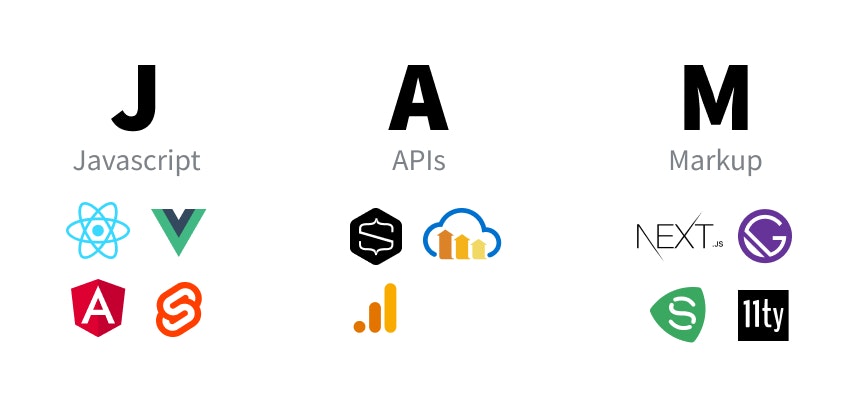
Key Differences Between JAMstack and Traditional Web Development
Architecture:-
JAMstack:
a) Frontend: Static files generated by static site generators (SSGs) like Gatsby or Next.js.
b) Backend: Dynamic functionality managed through third-party APIs and services.
c) Hosting: Delivered via CDNs (Content Delivery Networks), ensuring fast load times and reliability.
Traditional Web Development:
a) Frontend: Typically rendered on the server-side or through client-side scripting.
b) Backend: Monolithic systems with a tightly integrated frontend and backend, often involving complex server-side processing.
c) Hosting: Hosted on traditional web servers, which can lead to slower performance and higher server maintenance.
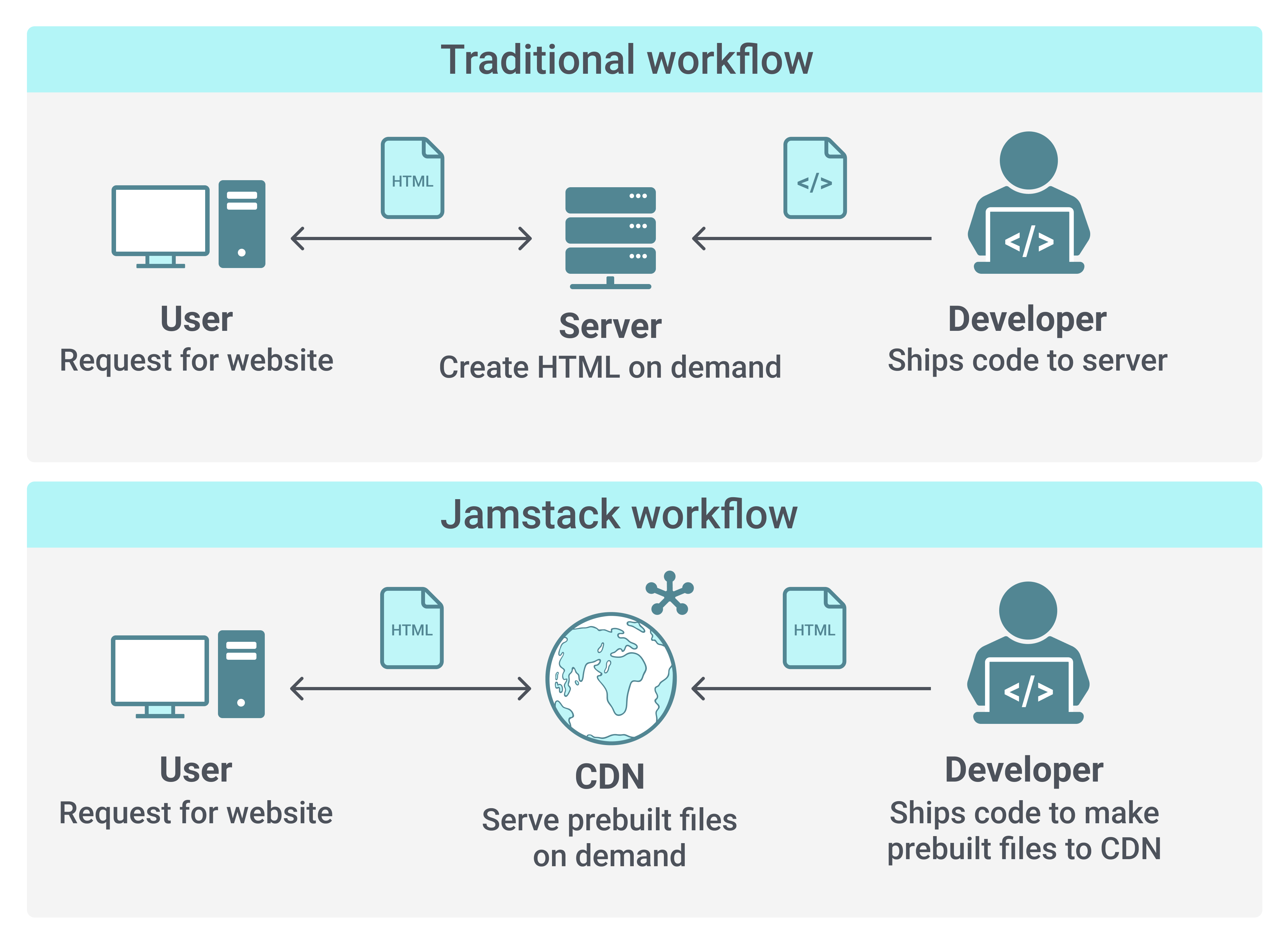
Performance
JAMstack:
- Static files are pre-rendered and served from CDNs, leading to faster load times. Reduced reliance on server-side processing results in quicker responses to user interactions.
Traditional Web Development:
- Server-side rendering can lead to slower page loads due to real-time generation of HTML. Performance may be affected by server load and the complexity of backend logic.
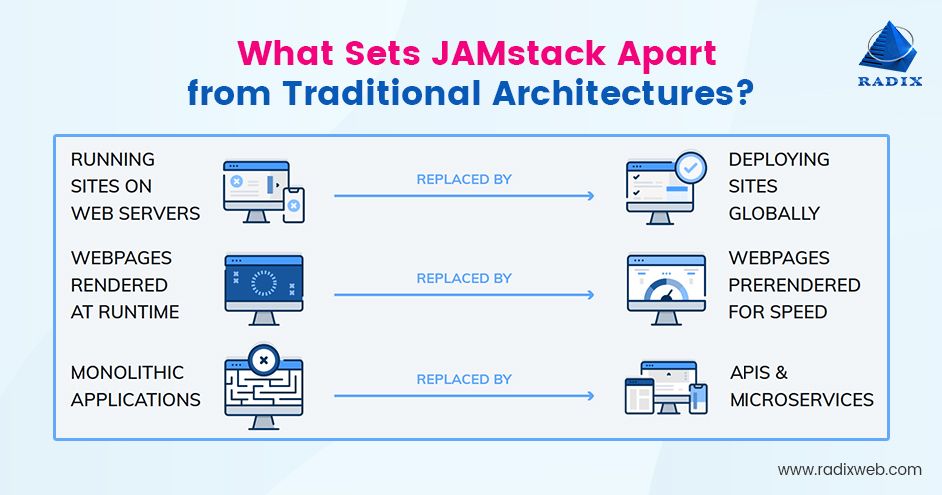
Scalability
JAMstack:
- Scalability is inherently built-in through CDNs, which can handle traffic spikes efficiently. Decoupling of frontend and backend allows for independent scaling of each component.
Traditional Web Development:
- Scaling requires scaling both the frontend and backend together, which can be more complex and costly. Increased traffic can necessitate additional server resources and load balancers.
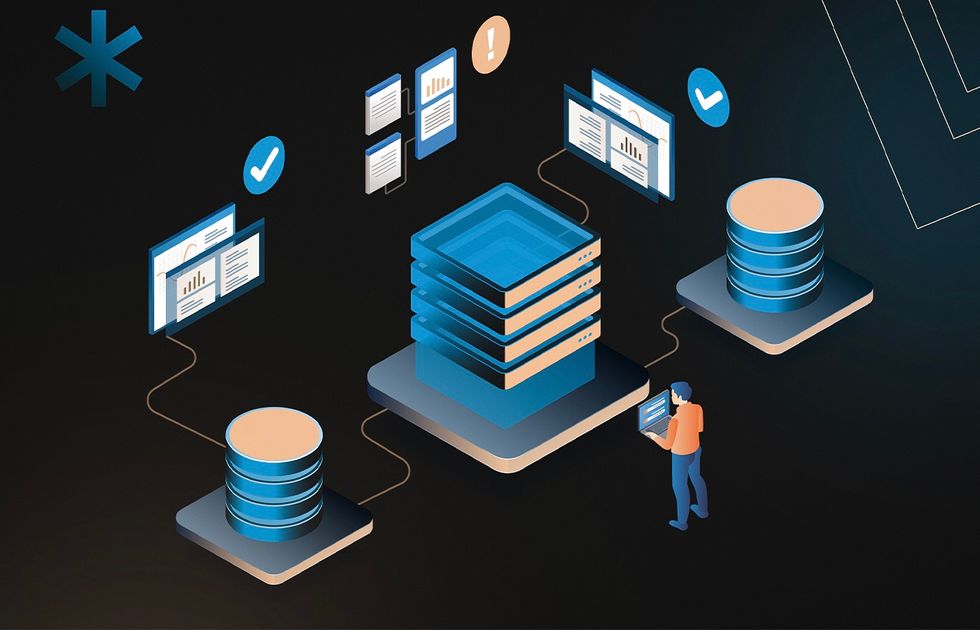
Security
JAMstack:
- Static sites reduce the risk of server-side vulnerabilities since there is no direct access to a database or backend server. Security concerns are minimized by using third-party services and APIs with robust security measures.
Traditional Web Development:
- Vulnerabilities can arise from the server-side code, database, and integration points. Security management often requires more extensive measures, including regular updates and monitoring.

Advantages and Disadvantages of JAMstack
- Advantages
Performance: The JAMstack sites load very fast for the user since static file production and CDN distribution allow faster times. For example, JAMstack sites load in less than one second while the average time for traditional sites is 3-5 seconds.
Scalability: It is easy to scale sites by using CDNs for delivering content. The same site that loads a million concurrent users does not involve much more cost on hosting.
Security: It reduces the attack surface as static files and APIs are going to minimize the possibility of security penetration. No direct exploitation of server-side code.
Developer Experience: Modern tools and frameworks boost development process with better productivity and faster iteration cycles.
- Disadvantages
Dynamic functionality is complex: Using complex dynamic functionality, such as real-time updates or user-specific content, may be difficult to implement and may use extensive third-party services.
Third-Party Dependencies: The moment you depend on a third party, there are failure points you cannot control. And managing these integrations makes things complex.
Build Times: Huge sites with extremely high numbers of pages take substantially longer to build because of the static files that are generated for each page, though incremental builds and optimizations compensate somewhat for this.

Future Prospects of JAMstack
There are a few key trends that will define the way JAMstack will shape up in the next few years.
Increased Adoption: As more developers and organizations recognize the benefits of JAMstack, its adoption is likely to grow. Industry reports predict that JAMstack-related technologies will see continued expansion in use.
Enhanced Tools and Ecosystem: The ecosystem around JAMstack is expanding, with more sophisticated tools and services emerging to support various use cases, including e-commerce, CMS integration, and real-time functionalities.
Integration with Emerging Technologies: JAMstack is expected to integrate more seamlessly with technologies such as serverless functions and AI, providing even more capabilities for modern web applications.
Better developer experience: For sure, because the trend for developer experience will persist and the better the tools are, how intuitive and efficient they are at work, the easier it will be to introduce JAMstack to people.
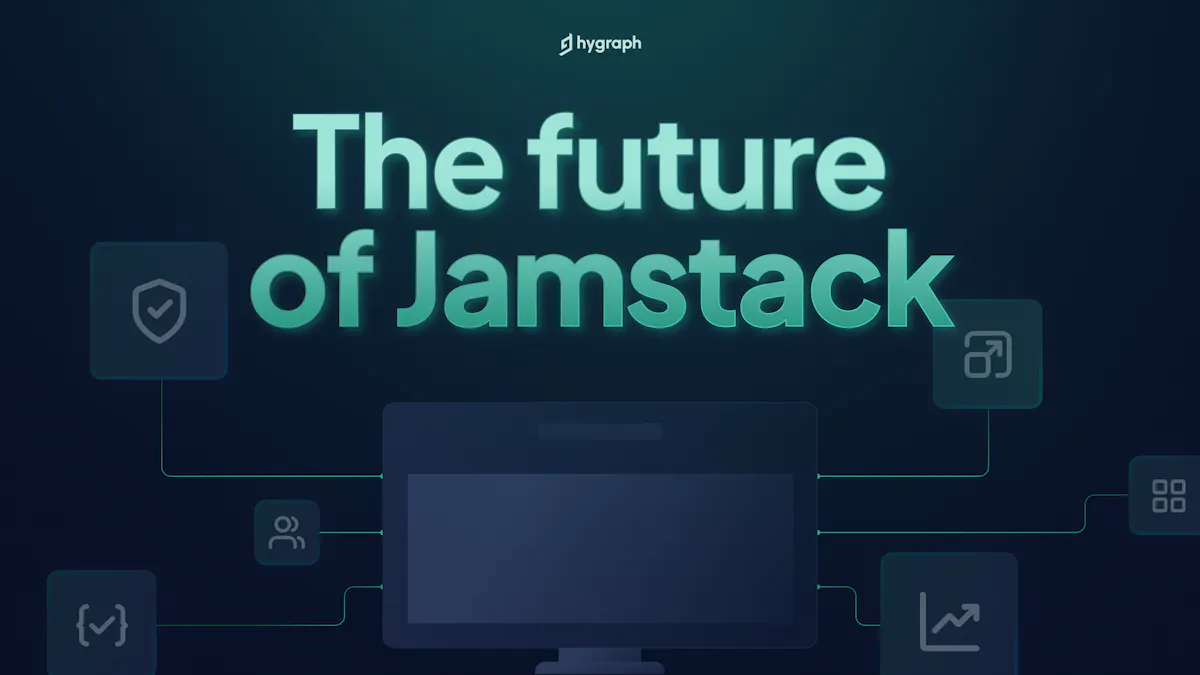
JAMstack represents a significant shift from traditional web development architectures, offering enhanced performance, scalability, and security. But with more significant benefits than the problems, it presents today, it is convincing enough in motivating the modern usage of web applications. The trends already noted will no doubt make JAMstack define the future of web development, promoting innovation in user experiences throughout the web. Being able to understand these differences and taking into consideration the pros and cons will help developers decide when JAMstack is the right approach for their next project.
Subscribe to my newsletter
Read articles from Lakshay Dhoundiyal directly inside your inbox. Subscribe to the newsletter, and don't miss out.
Written by

Lakshay Dhoundiyal
Lakshay Dhoundiyal
Being an Electronics graduate and an India Book of Records holder, I bring a unique blend of expertise to the tech realm. My passion lies in full-stack development and ethical hacking, where I continuously strive to innovate and secure digital landscapes. At Hashnode, I aim to share my insights, experiences, and discoveries through tech blogs.